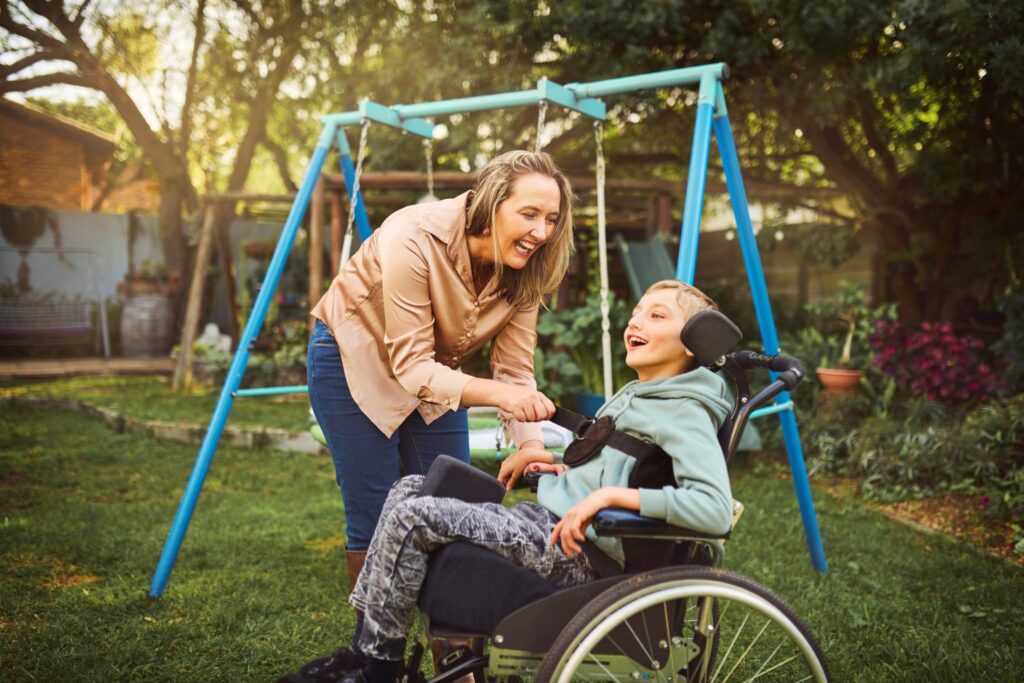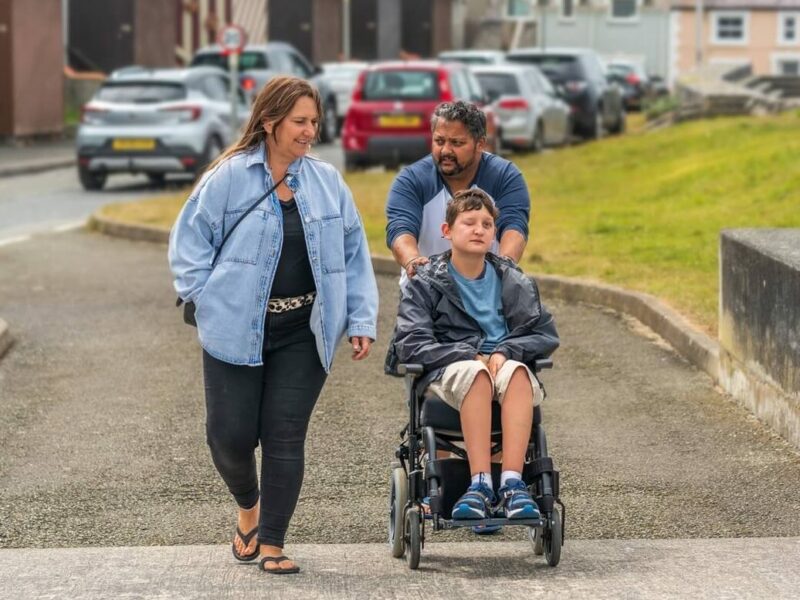Appealing the content of an EHCP
How to appeal
An EHC plan is divided into sections. You can only appeal some of them.
You can appeal sections B, F and I – the education parts of the plan:
- Section B – special educational needs (SEN) – for example, if some needs are missing or unclear.
- Section F – Special educational provision (support) – for example, if the support is vague, too little, or not specific enough.
- Section I – The school or setting named in the plan – for example, if the wrong school is named or no school is named.
Tip: these sections are linked. If you’re appealing Section F, it’s often helpful to appeal Section B too. If you’re appealing Section I (placement), consider appealing B and F as well.
Health or Social Care that educates or trains
Some health or social care services help with education or training like speech therapy or occupational therapy (OT). These should be included in Section F, not just in health (G) or social care (H). If this happens:

- appeal Sections B and F
- ask for these services to be added to the special educational provision.
You can’t appeal these sections on their own:
- Section C – Health needs
- Section D – Social care needs
- Section G – Health provision
- Section H – Social care provision.
However, if you’re appealing B, F or I, you can ask the Tribunal to make recommendations about these sections. These are called extended appeals. Recommendations are not legally binding, but are usually followed.
You cannot appeal:
- Section A – Your child’s views, interests and aspirations
- Section E – Outcomes the plan aims to achieve
- Section J – Direct payments.
These sections are not appealable. However, they may change automatically if Sections B or F are changed.

How to appeal
- Ask for mediation (unless only appealing Section I)
- contact a mediation service
- you can choose to go to mediation or skip it.
- Get a mediation certificate
- you need this to send your appeal.
- Send your appeal to the SEND Tribunal
- use the SEND 35 form
- Say which sections you’re appealing (B, F and/or I)
- Include supporting evidence.
Time limits
You must appeal:
- within 2 months of the EHC plan decision
OR
- Within 1 month of getting the mediation certificate
(whichever is later).
What evidence helps?

To change or fix parts of an EHC plan, you’ll need strong evidence. The best types of evidence include:
- Reports from professionals – these are the most important as they show:
- what your child needs
- what support is required.
Sources include:
- NHS professionals (e.g. speech therapists, paediatricians)
- school staff (e.g. teachers, SENCOs)
- private specialists (e.g. educational psychologists, OTs).
Note: private reports can be expensive, but Legal Aid or charities may help. Reports must follow Tribunal rules to carry weight.
- Other helpful evidence

- letters or reports from teachers or school staff
- parent statement (your observations)
- child’s views (written or passed on)
- home-school diary entries
- examples of your child’s work
- annual review reports
- statements from others (e.g. youth worker)
- short videos or audio clips (under 10 minutes)
- fact sheets or research (don’t rely only on these).
Tip: match your evidence to the changes you want.
Ask yourself:
- what am I trying to change?
- what will help prove that this change is needed?
The Working Document
If you’re appealing the contents of the EHC plan (Sections B, F or I), you’ll use a ’Working Document.’
What is it?
- a Word version of the EHC plan
- you and the local authority (LA) can edit it to suggest and agree changes
- you should be given this document – ask the LA if not
- SEND Tribunal will give you a deadline to submit the latest version
You can keep updating it – send the final version a week before the hearing.
Why use it?
- focus on disagreements
- save time at the hearing
- show clearly what changes are being asked for — and why.
How to use it
- wait until all evidence is submitted
- read through everything
- decide what changes should be made
- use the Working Document to show those changes
- use the SEND Tribunal’s special format (key) to show the changes:
| Text type | What it means |
| Normal type | Original EHC Plan |
| Underlined/ | Agreed changes (both sides agree) |
| Bold | Changes YOU want to add |
| Parts YOU want removed | |
| Italics | Changes the LA wants to add |
| Parts the LA want to remove |
Tips for using the Working Document
- don’t copy full reports — just key points
- be clear and specific
- add footnotes for each change (e.g. “Speech and Language Report, p. 3”)
- if requesting a specific school, explain how your child’s needs require it.
Page limit
- 25 pages (from 15 July 2025)
- during the transition period, longer documents are accepted.
If you find the format difficult
If you’re dyslexic or find the Working Document hard to use:
- tell your LA
- you can use a List of Issues instead
- the SEND Tribunal accepts either format.
List of Issues tips:
- don’t use colours (Tribunal prints in black & white)
- clearly say what changes you want
- use evidence and quotes to support your points
- say what the LA has said that you disagree with.
Who should get the Working Document?
- You and the LA will send it back and forth.
- Send the final version to the SEND Tribunal before the hearing.
- Also send it to:
- your witnesses
- any supporters or representatives helping you.
What if you can’t agree?
- The Tribunal will still hold a hearing.
- They’ll use the Working Document (or List of Issues) to focus on key disagreements.
- They won’t go line-by-line — just the parts you don’t agree on.
Important: the Tribunal will only deal with issues listed in:
- your appeal paperwork
- the Case Review Form
- the Working Document or List of Issues.
Make sure everything you want to raise is clearly listed.
Further information:
Appealing section I (placement)
IPSEA appeals about the contents of an EHC plan (external website)



